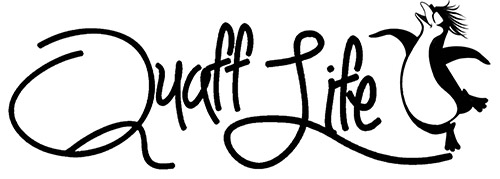This is the Quaff Life motto:
Quaff Life encourages you to take risks, to believe in yourself, to have confidence you will succeed, and to use all of your talents to the best of your ability.
But what does that really mean? Many women in business recognize that a woman’s willingness to take risks increases her chance of success. First and foremost, the willingness to take risks is a great opportunity to stand out as a leader. Taking risks is also an opportunity to learn and grow in confidence. Taking risks is the only way to pursue success and achieve your dreams. Pamela Barnes, President and CEO of EngenderHealth, urged female professionals to leave their comfort zone in an interview with The Grindstone:
"For all professionals, and especially young women, the world outside our comfort zone can be huge and scary. Until we are willing to put ourselves out there and take a risk, we will never be able to achieve professional success and realize our potential. It’s time to leave our comfort zone; time to go after what we’re passionate about; and time to achieve our dreams."
One study found that women are less willing to make group decisions than men, and male leaders take more risk than non-male leaders, while female leaders and non-leaders take the same amount of risk1. That essentially means that men are willing to take more risks than women.
Quaff Life believes women should be willing to take more risks, and to support other women who decide to take a risk. When that happens, both succeed.
To encourage you to spread the message that taking risk is the key to happiness and success, Quaff Life will donate 20% of the profits from any purchases by Junior League members until May 31, 2017 to the charity designated by the Junior League of the Palm Beaches. Simply note your membership to the Junior League in the comments section of your order.
Quaff Life.
1. Deciding to decide: Gender, leadership and risk-taking in groups, Seda Ertaca and Mehmet Y. Gurdal, Journal of Economic Behavior & Organization Volume 83, Issue 1, June 2012, Pages 24–30
